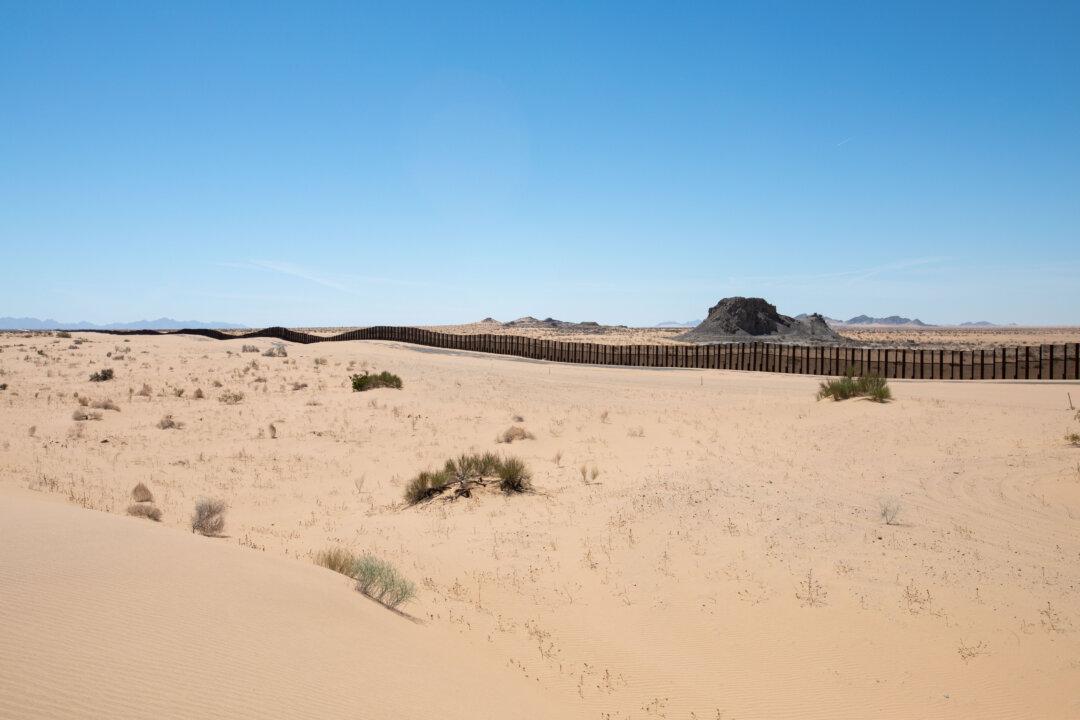The Pascua Yaqui Tribe is caught between the U.S. and Mexican border, as their land stretches beyond the border wall in Arizona.
Raymond V. Buelna, a cultural leader for the tribe, has been separated from tribal members who are stuck living on the Mexican border side after being detained by border patrol agents.
It was February 2022, and Buelna, a U.S. citizen, was driving the pair—both from the sovereign Native American nation’s related tribal community in northwestern Mexico—from their home to the reservation southwest of Tucson. U.S. officials had authorized them to cross the border. But when Buelna asked an agent why they were detained, he was told to wait for the officer who brought him in.
“They know that we’re coming,” Buelna told The Associated Press. He has made the trip for various ceremonies for 20 years. “We did all this work and are still sitting there.”





